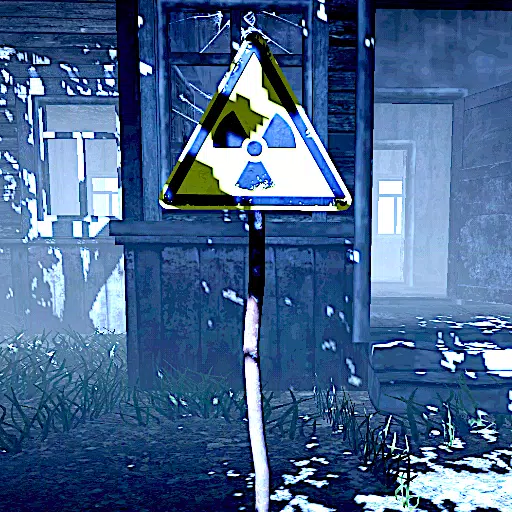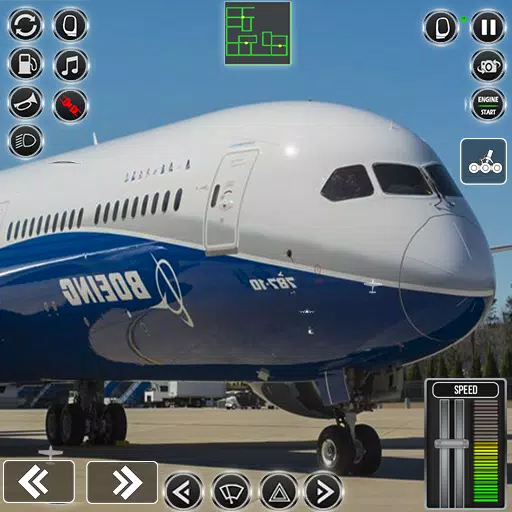DLSS: Gaming's Performance Booster
Nvidia's DLSS, or Deep Learning Super Sampling, is a game-changer for PC gaming. It significantly boosts performance and extends the lifespan of Nvidia graphics cards, provided the game supports it—a number constantly growing.
Since its 2019 debut, DLSS has seen numerous updates, enhancing its operation, effectiveness, and differentiating features across Nvidia's RTX card generations. This guide explains what DLSS is, how it works, its differences across generations, and its relevance, even if you don't own an Nvidia card.
Additional contributions by Matthew S. Smith.
What Is DLSS?
Nvidia DLSS, or Deep Learning Super Sampling, is Nvidia's proprietary system for enhancing game performance and image quality. "Super Sampling" refers to its intelligent upscaling of games to higher resolutions with minimal performance impact, thanks to a neural network trained on extensive gameplay data.
Beyond initial upscaling, DLSS now incorporates features like DLSS Ray Reconstruction (AI-enhanced lighting and shadows), DLSS Frame Generation and Multi-Frame Generation (AI-inserted frames for higher FPS), and DLAA (Deep Learning Anti-Aliasing) for superior graphics exceeding native resolution capabilities.
Super Resolution, especially when using ray tracing, is the most well-known feature. In DLSS-supported games, graphics menus often offer Ultra Performance, Performance, Balanced, and Quality modes. Each mode renders at a lower resolution (for higher FPS) then uses AI to upscale to your native resolution. For example, in Cyberpunk 2077 at 4K with DLSS Quality, the game renders at 1440p, then upscales to 4K, resulting in significantly higher frame rates.DLSS's neural rendering differs significantly from older techniques like checkerboard rendering. It adds detail not visible at native resolution without DLSS, preserving details lost with other upscaling methods. However, artifacts like "bubbling" shadows or flickering lines can occur, though these have been significantly reduced, especially with DLSS 4.
The Generational Leap: DLSS 3 to DLSS 4
The RTX 50-series introduced DLSS 4, revolutionizing the AI model. To understand the impact, let's examine the underlying AI engines.
DLSS 3 (including DLSS 3.5 with frame generation) used a Convolutional Neural Network (CNN). Trained on vast video game data, it analyzed scenes, spatial relationships, edges, and other elements. While effective, advancements in machine learning necessitated a change.
DLSS 4 uses a Transformer model (TNN), far more powerful. It analyzes twice the parameters, providing a deeper scene understanding and interpreting inputs more sophisticatedly, including long-range patterns. This leads to better results in all DLSS aspects.
This new model significantly improves DLSS Super Sampling and DLSS Ray Reconstruction, retaining finer details for sharper gameplay. Previously lost textures now appear crisper, and artifacts are less prevalent. The difference is immediately noticeable.
Frame generation also receives a boost. While DLSS 3.5 inserted one frame, DLSS 4 generates four artificial frames per rendered frame (DLSS Multi-Frame Generation), potentially doubling, tripling, or further increasing frame rates. Nvidia Reflex 2.0 minimizes input latency to maintain responsiveness.
While not perfect (minor ghosting can occur, especially at higher frame generation settings), Nvidia allows customization of frame generation, recommending settings that match your monitor's refresh rate to avoid issues like screen tearing.
Even without an RTX 50-series, the new Transformer model benefits are available via the Nvidia app for DLSS Super Resolution and DLSS Ray Reconstruction. The app also enables DLSS Ultra Performance mode and DLAA where unsupported by games.
Why Does DLSS Matter for Gaming?
DLSS is highly impactful. For mid-range or lower-end Nvidia cards, it unlocks higher graphics settings and resolutions. It also extends GPU lifespan, maintaining playable frame rates by adjusting settings or performance modes. This is consumer-friendly and beneficial for budget-conscious gamers.
DLSS has broadly impacted PC gaming. While Nvidia pioneered it, AMD (FSR) and Intel (XeSS) offer competing technologies. While Nvidia's pricing strategies are debatable, DLSS has undeniably lowered the price-to-performance barrier in many scenarios.
Nvidia DLSS vs. AMD FSR vs. Intel XeSS
DLSS holds an advantage due to the improved image quality of DLSS 4 and its multi-frame generation with low latency. AMD and Intel offer upscaling and frame generation, but Nvidia's machine learning currently leads. DLSS Super Resolution and DLSS Ray Reconstruction generally provide crisper, more consistent images with fewer artifacts.
However, unlike AMD FSR, DLSS is exclusive to Nvidia cards and requires developer implementation. While support has grown, it's not universally available.
Conclusion
Nvidia DLSS is transformative and continuously improving. It's not flawless, but at its best, it significantly enhances gaming experiences and extends GPU lifespan. While competitors exist, DLSS remains a powerful technology. Ultimately, the best choice depends on individual needs and the balance between GPU cost, features, and the games played.
Latest Articles












![Roblox Forsaken Characters Tier List [UPDATED] (2025)](https://images.dyk8.com/uploads/18/17380116246797f3e8a8a39.jpg)


















